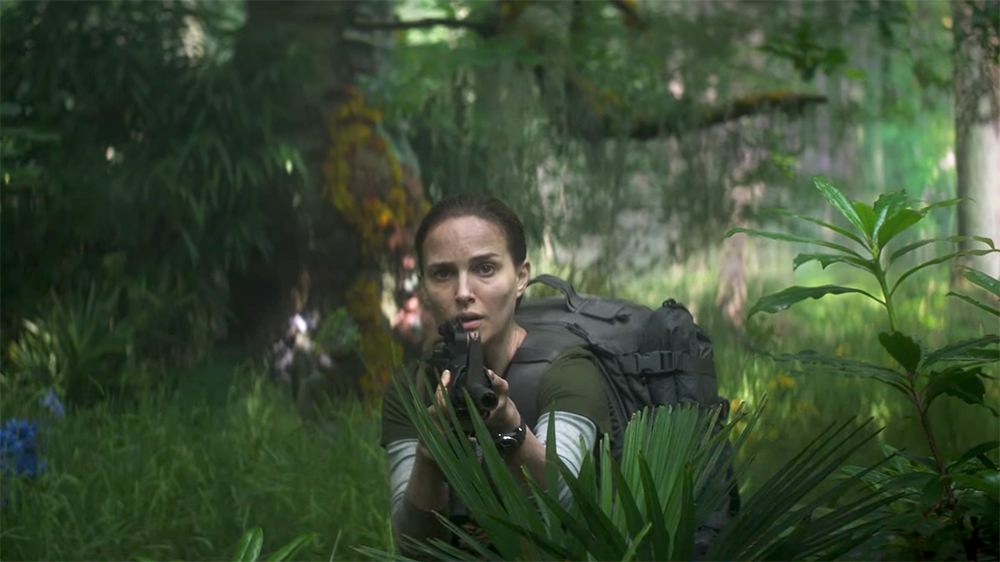Mary Shelley
by Hope Madden
Mary Shelley was a fascinating person. She was the offspring of a radical feminist, sure. Still, what fire it must have taken to abandon societal pressures at the time in favor of a scandalous relationship with the married Percy Bysshe Shelley.
Of course, she was 16 and 16-year-olds make poor decisions.
Mary famously went on to outdo both her poet/philosopher husband and his poet/lover Lord Byron when, during a rainy spell in their summer together, they took part in a challenge to write a ghost story.
What then, did Byron or Percy Shelley write? Who can recall? But we do remember Mary’s.
Mary Wollstonecraft Godwin penned Frankenstein: or, The Modern Prometheus when she was 18 years old.
Such a life story would seem like fertile ground for a stirring biopic.
We’ll have to settle for Haiffa Al-Monsour’s stiff and middling effort, Mary Shelley.
Elle Fanning portrays Mary, a melancholy rebel who has yet to find her literary inspiration or her voice. She does become muse to Shelley (Douglas Booth), a handsome scoundrel more opportunistic than idealistic.
The film hopes to encapsulate the abandonment, longing and loneliness that fueled the creation of Mary Shelley’s novel, and more directly, her creature. But there is no life in these scenes—none of the gumption that must have fueled Mary’s early decisions.
Fanning’s listless performance casts an awfully prim shadow. She’s surrounded by perfectly reasonable if somewhat anemic turns by her supporting cast. All this subdued hush only makes Tom Sturridge’s bluster that much more, easily stealing scenes as the lothario, Byron.
Al-Monsour seems unsure of her intent. She struggles to illustrate the power struggle between male and female inside this free-loving environment. But more than anything, she fails to find any kind of spark or passion to propel her central character or her film.








